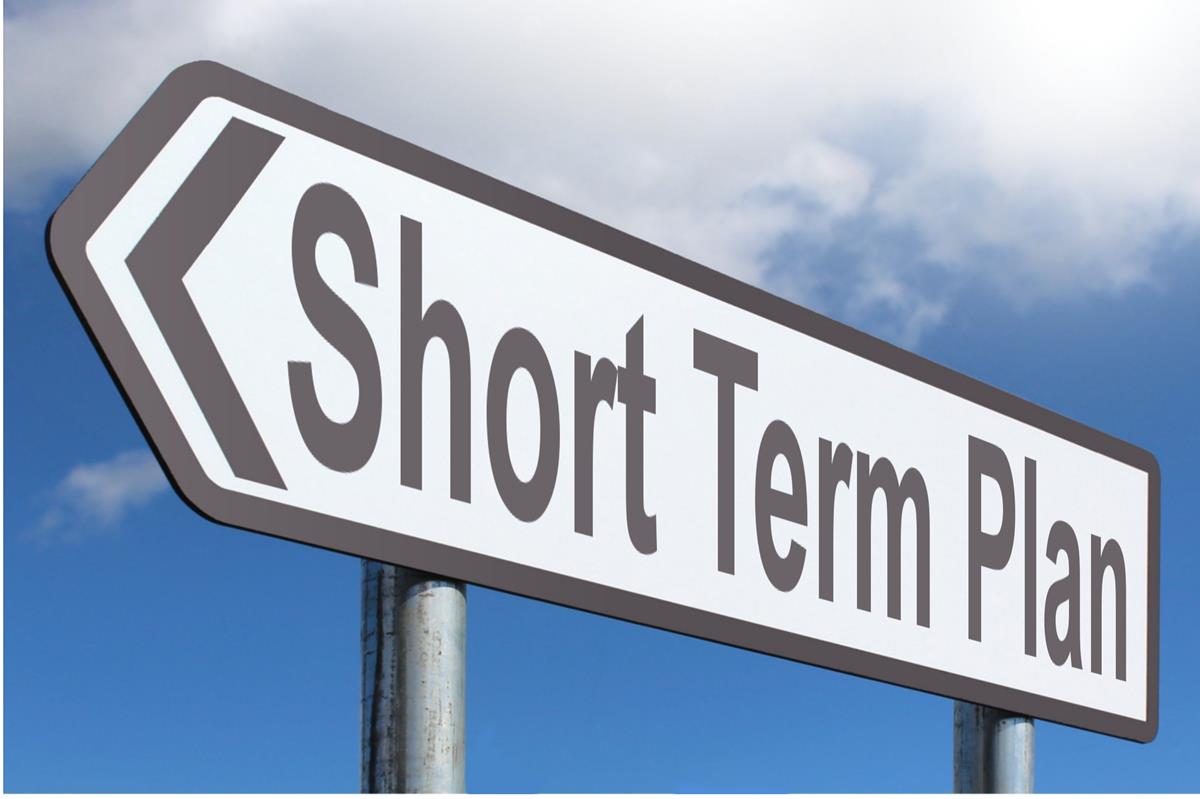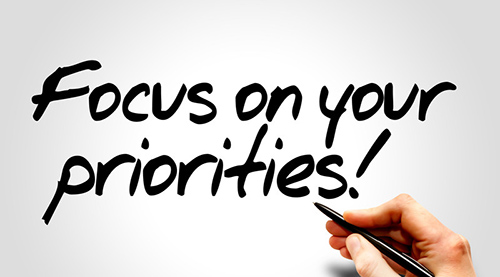In order to evaluate their progress toward either professional or personal development, many professionals set goals. Long-term planning is focused on examining how setting and executing short- and long-term goals can affect project execution, regardless of your line of work or sector. Gaining knowledge about goal-setting and both short- and long-term planning will help you succeed in a cutthroat field.
In this post, we define short-term, medium-term, and long-term planning, contrast them, and provide guidance on how to create both types of goals.
What is the importance of long-term planning?
Long-term planning: what is it?
Setting strategic goals that could take a long time to achieve is known as long-term planning. It is centered on accomplishing goals that are anticipated for the future.
They often need multiple steps and can be finished in as little as one or two years. This type of planning aims to find long-term solutions to problems in order to achieve and sustain success. Long-term planning is focused on defining the general course of your professional and personal objectives.
It also entails developing and implementing action plans to assist businesses in expanding or promoting professional careers in specific sectors. Several long-term objectives in several fields are as follows:
- Financial objectives: You might design a long-term plan to accumulate millions of dollars or save for retirement.
- Personal development objectives: These could include learning a second language or going on a global tour.
- Academic objectives: Long-term academic objectives include obtaining a bachelor's degree or an advanced degree abroad.
- Career objectives: Long-term goals may include starting a new business, becoming an executive professional at an existing organization, or pursuing your passions or interests as a career.
Medium-term planning: what is it?
Medium-term planning is the process of developing plans that focus on long-term fixes for temporary issues. It entails putting procedures and policies in place to deal with immediate issues and make sure they don't come up again. Long-term planning is focused on product complaints and talent deficits can be temporary issues in corporate settings.
The organization's management may address skill gaps by providing staff training and development opportunities, and they can improve the quality control program to provide customers with better products in the long run.
Three years is a suitable length for medium-term planning because it's both short enough to see results right away and long enough to apply to your long-term goals.
For instance, repairing a company's malfunctioning equipment can be a short-term cure, but purchasing a service contract can be a medium-term fix.
Read also: The World's Most Remote Hotels, Perfect For Peace And Quiet
Short-term planning: what is it?
Planning for the short term means coming up with plans to accomplish goals in a year or less. You can make short-term plans to reach particular objectives. Long-term planning is focused on The goal of short-term planning is to create immediate, workable answers to problems you're currently facing.
A short-term plan can be completed in a day or for as long as six months, depending on how complicated the problem is. Make sure your short-term planning aligns with your long-term goals, as it will make it easier to achieve your long-term goals with excellent planning and execution.
- Financial objectives: You can set a short-term objective to pay off all of your debt or to receive a pay raise by the end of the year.
- Personal development goals: These could include joining a fitness center, keeping track of your time and schedule for a week to identify your most productive days and hours, or making sure you go to bed before midnight.
- Academic objectives: You may decide to enroll in a pertinent course or establish a short-term objective to pass a test in a certain subject.
- Career goals: As a freelancer, you can apply for employment or build a company's website.

Short-term versus long-term planning?
The following are the main distinctions between short-term and long-term planning:
Momentum
Short-term plans are usually made by people to address urgent and present issues. Short-term planning tries to concentrate on an existing circumstance, whether you're planning your job or personal ambitions. Within a year, you should be able to observe the fruits of your short-term planning.
Long-term plans, on the other hand, take longer to complete and frequently hinge on how quickly you reach your short-term objectives. Long-term planning is focused on: Let's say, for instance, that you intend to launch a nonprofit organization in the near future.
You can establish short-term objectives to help your firm launch by securing possible sponsors and investors within predetermined timeframes.
Intricacy
Long-term planning can be difficult and tactical. It usually entails specific phases that are aimed at your future objectives and include doable actions to reach them. Setting short-term objectives or benchmarks is critical to directing you toward your ultimate goal because long-term objectives can be complex.
Short-term objectives are frequently more straightforward and adaptable than long-term ones. Long-term planning is focused on To make sure you're making steady progress and working effectively to attain your goals, you can make adjustments to your short-term goals on a monthly, weekly, or even daily basis.
In order to attain the intended outcomes from your goals, think about making them reasonable and allowing them to coincide with your personal obligations and professional ambitions.
Nature
Short-term objectives in a business structure typically center on internal problems, including organizational structure, shareholder and employee relations, and consumer complaints. Long-term plans, on the other hand, deal with both internal and external organizational problems.
It is imperative to take into account external issues, including industry competitiveness, global trends and developments, and the present political climate, when making long-term plans. You can also evaluate the potential impact of current events on the economy after a specific time frame.
Read also: 5 Reasons To Charter a Yacht in Fall 2024
How to develop long-term objectives
The following is a list of actions you can take to make important and worthwhile long-term objectives to enhance your life:
1. Assess your eyesight.
It's crucial to assess your life goals and grasp your vision before setting any objectives. Consider your goals and purpose in life by asking yourself pertinent questions. Long-term planning is focused on Jotting out your ten-year goals for the personal, organizational, and professional domains is a useful strategy for defining your long-term vision.
When establishing a long-term professional objective, think about your guiding principles and the issues you want to address in your field. Similar: A Strategic Vision: What Is It and Why Is It Important?
2. Develop a plan of action.
You can develop a workable plan to realize your vision once you have defined and understood it. An action plan is a list of things you can do to reach your goals in a set amount of time.
Making an action plan will help you stay motivated and arrange your goals so that you're following a schedule. In addition to helping you set deadlines, it also enables you to assess your own competencies and ascertain what resources are needed to reach an objective.
3. Establish benchmarks
After that, you can set benchmarks to track your advancement toward your important long-term objectives. To make your goals more attainable, you can attach many short- or medium-term goals to each of your objectives to act as checkpoints.
You can break down more complex goals into smaller ones to help you reach them more gradually. Your long-term goals can still have milestones until they are completed on a daily or weekly basis.
Read also: The Best of the Big Island: A Traveler's Guide
4. Reassess your objectives when priorities shift.
Priorities may shift as you move through life; therefore, it's critical to reassess your objectives and rearrange them in accordance with your new priorities.
This can assist you in efficiently allocating and managing your time, energy, and resources. Aim to reach the benchmarks or short-term objectives that are consistent with your present values and need to be addressed right now.
To ensure that your list of objectives stays current until you reach them, you may review it frequently and make any necessary updates or revisions.

How to set short-term objectives
To plan your short-term goals, you can use the following steps:
1. Determine your long-term objectives
To set successful short-term goals for your success in your personal or professional life, think about defining your long-term objectives first.
Choose the objective that would require a significant investment of time and energy, then examine the routes you can take to get there. Understanding your long-term objectives is a crucial initial step that will support your short-term planning efforts.
2. Implement the smart structure.
With the SMART framework, you can develop and achieve realistic short-term goals more quickly. The smart technique makes sure your objectives are:
- Particular: Specify exactly what you accomplish at that time.
- Measurable: Establish particular KPIs or measurements to gauge your development and assess your level of achievement.
- Achievable: You can establish ambitious objectives, but make sure you have the means to carry them out.
- Realistic: It's critical to make sure your objectives are in line with your talents, interests, and vision.
- Time-based: Establish a deadline for completing a short-term goal because it might take longer to accomplish without a sense of urgency.
3. Track your advancement.
By keeping a record of your daily or weekly achievements, you can keep an eye on your development.
To document your daily goals and explain how they fit into your overall goals, think about maintaining a diary. Long-term planning is focused on: In order to keep yourself accountable for your objectives, you might also discuss your plans and advancement with a mentor or coworker.
They could also offer suggestions or analyses of tactics you can use to improve your immediate planning.
FAQ's: Long-term Planning Is Focused On
What is the purpose of the long-term plan?
A long-term plan basically outlines the services a council intends to offer, the community outcomes it intends to contribute to, and the associated costs. Long-term plans are therefore a crucial tool for enhancing long-term planning, accountability, and community involvement and input.
What involves long-term planning?
The practice of establishing goals and objectives that stretch beyond the near future is known as long-term planning. It entails assessing prevailing market trends, determining significant turning points, and formulating plans to accomplish long-term, sustainable growth.
What is the purpose of a long term plan?
During long-term planning, you decide how to set priorities for your work, budget your resources, create projections, and adjust for unforeseen circumstances. To put it simply, long-term planning offers the crucial road map for achieving goals that are specified by strategic planning.
What is long-term planning called?
Long-term planning is also known as strategic planning since it covers all of the company's plans for achieving its goals and objectives within the time frame that has been established.
What is a long-term focus?
It enables you to block out outside distractions so you can concentrate diligently toward a goal or preferred condition. Establish worthwhile goals that you'll love working for and that are truly important to you in order to cultivate long-term focus. Then, put your goals in writing.
What is the purpose of a long term business plan?
A long-term plan provides you with a benchmark to work toward and an integrated assessment tool to evaluate how well your short-term goals are doing. Each long-term project's first year's action plan is incorporated into the yearly plan for the next year.
.png)
